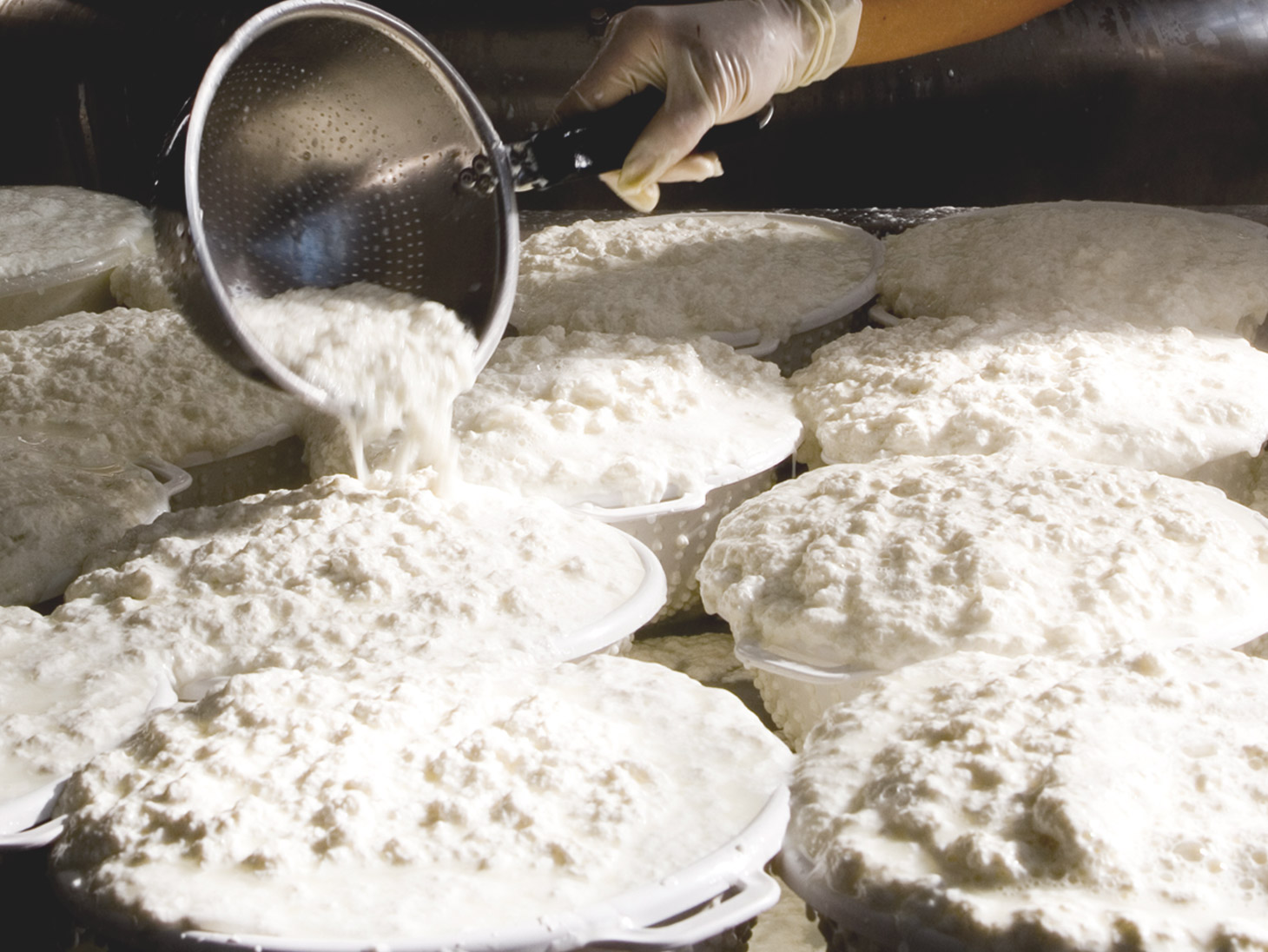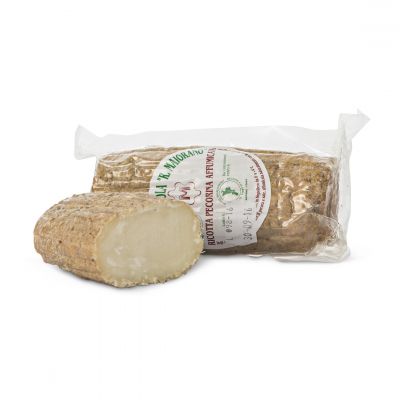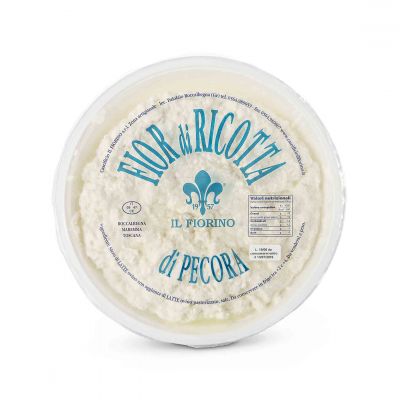
The sweety perfume of whey and curd is clearly perceived in the air, humidity and temperature are elevated, the dairy maker is waiting the flakes of Ricotta to lift up in the copper pot. Using a straining ladle she moved delicately the ricotta to the casts. The process is concluded. Ricotta is ready! Now close your eyes and try to pull out from your memory the above described scene. I’m almost persuaded that many of you have get back the memory of a Ricotta tasted that was still warm, produced maybe in your village or visiting a producer somewhere around. Perhaps you remember a Sunday spent on alpages when buying a smoked ricotta was a family rule. It is so impressing how food and memories are interconnected, how we can have remembrace of people tasting the food we shared with them once.
We now start our journey amongst Italian ricotta from Veneto region, land of Venice. Here Ricotta is called with a dialect name, “puina” which etimology is doubtful. Prevalence of cattles in the north of Italy imposes to have a cow’s Ricotta and by consequence this is the most known and the most used in Venetian cuisine. However the identity of Ricotta is quite fluid and the richness of the recepie is a consequence of the level of wealth of the producer or the buyer. Let me try to better explore this idea going back to Repubblica Serenissima period in Venice, at that time (15/16th century) the aristocracy was very powerful and wanted to determine his status in any context, including eating. They were not happy to consume the same style of Ricotta the common people used to have, so they asked for something richer: a Ricotta added with cream, the most precious part of milk. Very often aristocracy has given birth to new gastronomic trends and Ricotta with cream is one of those.
Ricotta vaccina by Agricansiglio is produced in Veneto with the addition of milk and cream, the texture is coarse and grainy, but not dry. The taste is buttery, creamy, extremely sweet and milky, it might become a dessert on itself just with the addition of cocoa powder, strawberry jam or honey.
Moving down to Tuscany there is no anymore trace of cow’s ricotta, everything here talk about sheeps. So it’s natural to give now space to Fior di Ricotta di Pure Pecora, produced in Maremma land (south of Tuscany) by Caseificio il Fiorino. It is very delicate, buttery with hints of animal, the texture is rough and has clear signs of Ricotta flakes, as it has to be for the non-omogenized Ricotta - it might be interesting to compare with the texture of an industrial one, the difference in texture is gonna be evident.
Next stop-over? South of Italy! Here we have to observe a different scenario expecially for climatic conditions and wealth. Temperature is very high most of the time of the year, so it is not easy to longly preserve food, expecially when it is fresh as Ricotta. So populations through the centuries has developed some tricks to “ stock Ricotta” (equal to stock protein) for longer time: salting and/or smoking. Crotone city raises on Calabrian Ionic coast and hosts between his hills Maiorano farm, a producer we work with since long time and that offers us Pecorino and Ricotta Pecorina Affumicata. A unique product for his cylindrical shape, the pattern of the foldable paper where it rests when fresh and the gentle smoking note given by the essences of olive and orange tree. The texture is compact and smooth and the taste is initially sweet and nutty, but then turns to smoke and aromatic essences. We suggest to grate it over pasta or to enjoy it with seasonal vegetables, thinly cut.
Very different the profile of Ricotta di Pecora Affumicata produced by the shepherds Gianfranco and Salvatore Bussu, they operated in Macomer, in the heart of Sardinia and they are very well known for their faboulous smoked pecorino Fiore Sardo Dop. Once produced is gently salted, dried for a couple of days and then smoked for 7/8 days. The process happens in the same room where Fiore Sardo is smoked, burning a very little quantity of local woods. Since it is not very dried the taste is gentle, slightly sapid, still a bit wet and pleasantly soluble in the mouth, with notes of sheep milk, smoke and mediterranean herbs. It naturally matches with sardinian pasta called “malloreddus”.
Staying on pasta chapter we transfer in Catania, Sicily. It is the city of Pasta alla Norma, dedicated to the same name opera of the composer Bellini. The main ingredients? Eggplants (fried), tomato sauce and.... Ricotta Salata. So good! Here we are, the Ricotta Salata we propose is made by Valvo diary; the main ingredient, the whey, comes from the production of Saffron and Pepper cheese, that’s why its yellowish colour. The shape of a conic trunk contains a very savoury, intense and dried taste. Very difficult to enjoy on its own, but very pleasant when grated over pasta. It is particularly winning the combination with tomato sauce and vegetables. Since we are in the region of Cannolo I would love to talk about the sugary sheep Ricotta, but we would only made your mouth watery without been able to satisfy your desire!
Alessandro De Conto
Export Director







